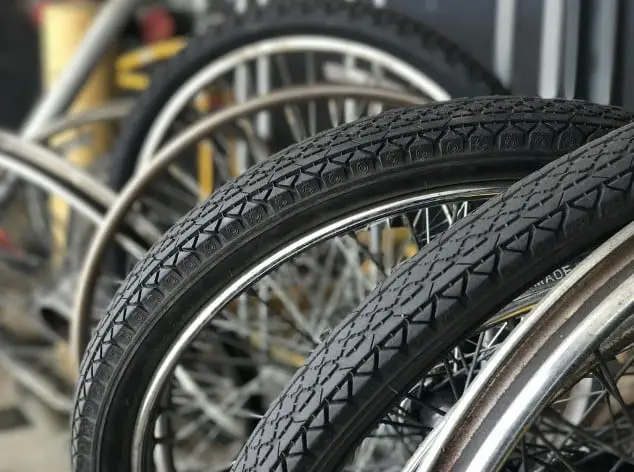If you’ve been around the cycling world for a while, you probably are familiar with the clincher vs tubular debate. In many cases, the answer to which is better depends on who you ask because you are likely to get a personal opinion.
However, you can’t really make an educated decision based on personal opinions. While both options are great, they have their benefits and drawbacks.
I’m sure you do not want to spend any more time in the seemingly endless debate. That’s why I’ve put this simple guide together to break down everything you need to know about clinchers and tubulars. This will help you decide which option is best for you.
What is Clincher?
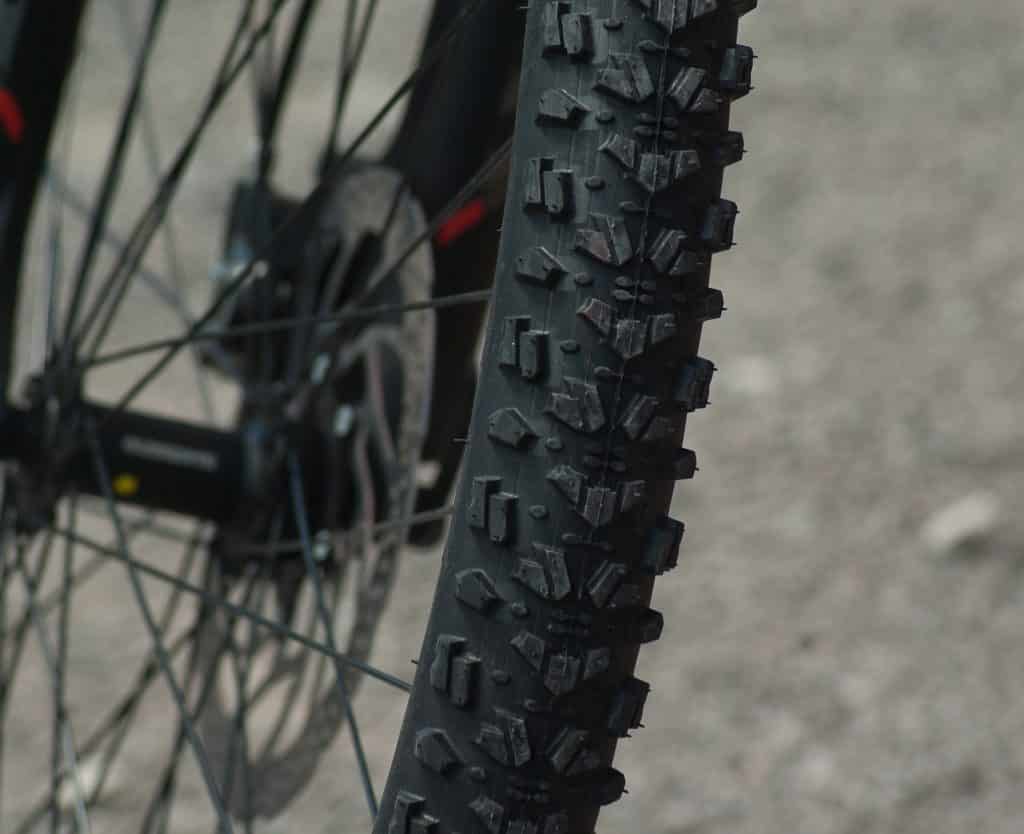
A clincher is the most common type of tire you will find on nearly all bike types. It includes a childhood bike, a BMX racer, and a comfort bike in addition to typical mountain bikes. It has an outer carcass where the tire locks onto the wheel’s rim with a hard rubber bead.
Originally, bike tires didn’t have beads on their edges. They simply “clinch” onto the rim of the wheel when they are pumped up to pressure.
The “clincher” name refuses to go away, although bike tire and wheel technology have since evolved to use steel and bead to lock the tire in place instead of clinching a tire to the wheel’s rim.
Clinchers are somewhat considered the standard tires over time. They are the “normal” bike tire nearly everyone is familiar with, making them a popular choice.
This type of tire needs an internal tube to function. A central pneumatic tube is used to inflate the tire on a clincher rim, which includes side projections holding the outer lining in place. The air you pump into a clincher goes into the tube and creates pressure against the tire, which sits on the tube. Many road and triathlon bikes feature thin valve stems for pumping air while standard and kids’ bikes mostly come with wider valves.
Clincher bike tires are available in plenty of different options depending on the performance you want.
What is Tubular?
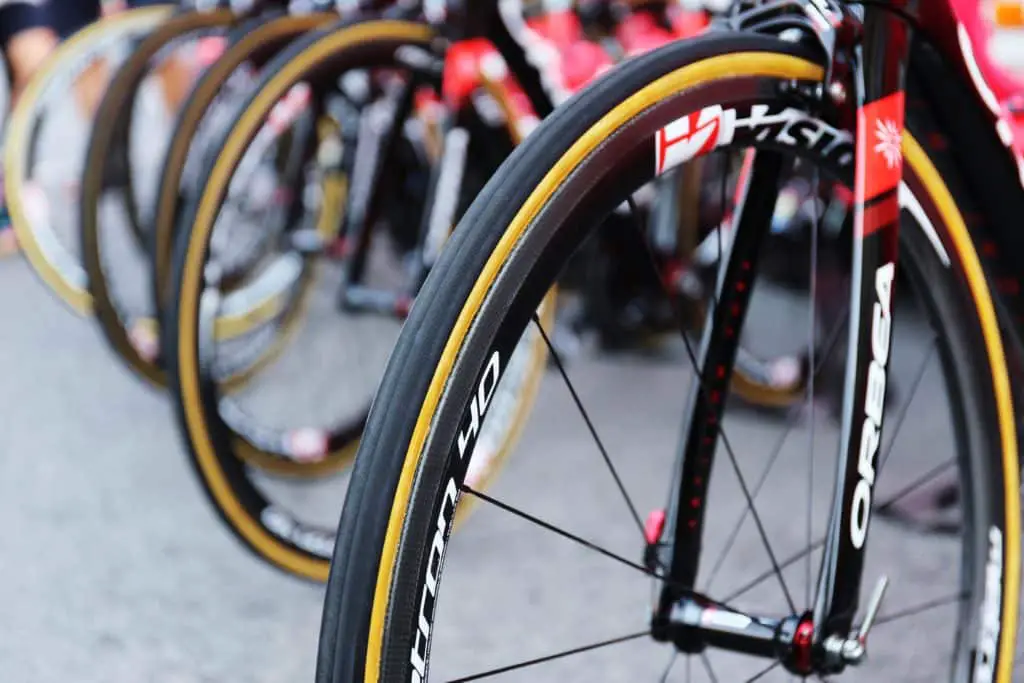
On the surface, tubular bike tires look very much like clinchers but operate differently. These tires don’t have any open parts, so they don’t clinch or lock onto a rim when you inflate them.
Tubular tires have no inner tube. The tube is part of the tire as a single piece, instead of a tube and tire found in clinchers. This makes it necessary to glue or tape tubular rims to keep them in place.
Tubulars enjoy a strong following mostly among professionals, although the tires are less common.
More: The Best Cycling Rollers [Review and Buying Guide]
Clincher vs Tubular: Detailed Comparison
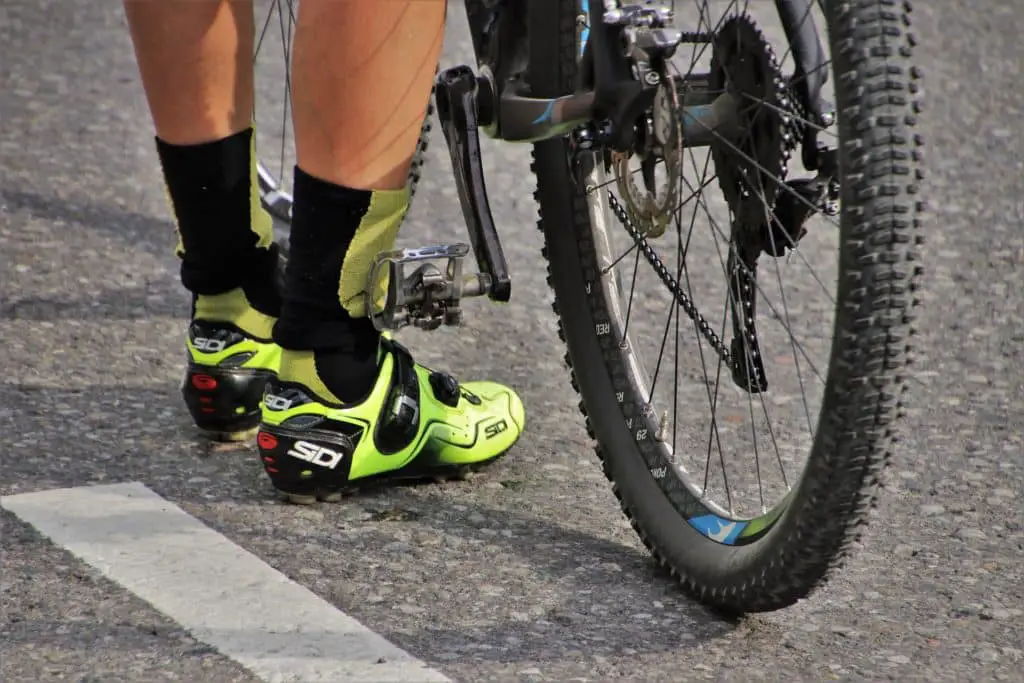
Now let’s zoom in on different aspects of both tire types to see the pros and cons.
Simplicity
It takes quite some practice to become handy with tubulars. Gluing tubular to rims can be tedious and that’s not a job for a beginner or intermediate rider.
Clinchers bike tires are easier to work on for most people, as changing tires do not usually a steep learning curve.
Winner: Clincher
Safety
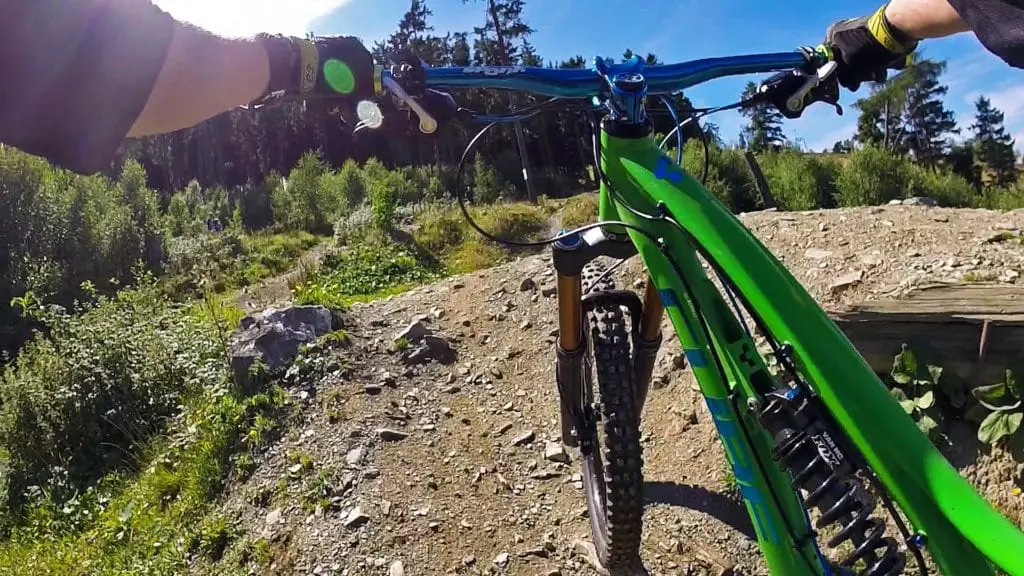
Advantage tubulars. The fact that a tubular tire can be used safely at very low pressures, allowing you to even stop safely in the event of a flat, is perhaps its strongest feature. There are no handling issues or hazards for the rider during a flat because the air doesn’t escape very fast.
On the other hand, clinchers lose air very quickly during flats and can result in major handling issues if you continue riding.
Combining a latex inner tube with a good-quality supple carcass is a potentially faster clincher setup. However, rim braking can cause extreme heat and may affect carbon clinchers during long rides. This can lead to serious safety issues.
Compared to a flat clincher, a moving tubular is safer. This explains why many professional cyclists prefer to use clinchers in time-trial events instead of road races.
Winner: Tubular
More: Find the Best Indoor Bike Trainer Stand [Review and Buying Guide]
Cost
Tubulars tend to cost more than clinchers, although the price difference is not huge. Tubulars require a complete change when they go flat. Conversely, you only need to change the tube in a clincher when there is a puncture. Also, You may need a tubular flat kit that consists of a tire sealant and valve core tool for getting rolling in case of a puncture. Inner tubes are usually less expensive than an entire tubular tire.
Winner: Clincher
Availability
Clinchers are more common for all bike tire models, including trainer tires, road bikes, mountain bike tires, tri bikes, and every other bike.
Road and triathlon bike tires are available in clinchers and tubulars, but the former is a bit more common.
Winner: Clincher
More: Maxxis Ardent Review: Is It Worth It?
Durability

Tubulars will usually last longer than clinchers because of their design. The closed-system technology means no cases of pinch flats.
When you compare clincher vs tubular in terms of strength, the latter is slighter and stronger because the tire and tube are sewn together. There is zero chance of small pieces of rocks lodging between the tire and tube in tubulars. The chances of this happening are higher with clinchers.
Winner: Tubular
Weight
In terms of weight, clinchers a slightly heavier. That’s because it is an open system that consists of a tire and an inner tube. A tubular is a closed system that doesn’t need a separate tube.
While this may not make any huge difference for the casual rider, it is crucial for the elite cyclist since a lighter tire can be the difference between winning and losing a race.
Winner: Tubular
Punctures
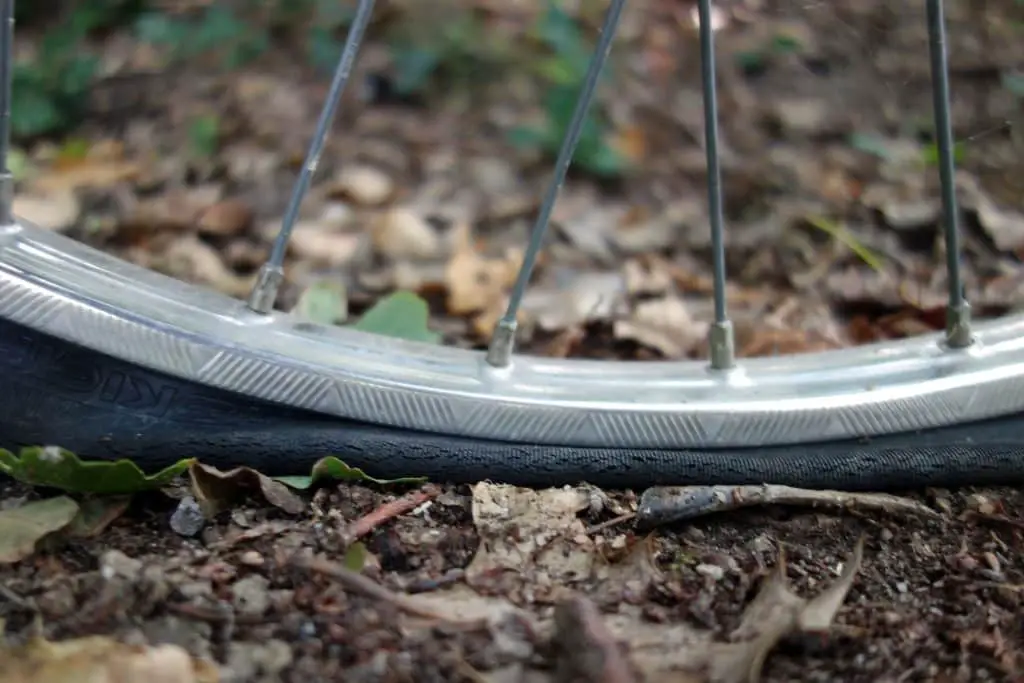
A punctured tubular tire will stay in place because it is held to the rim by tape or glue. This will allow you to keep riding if necessary.
Abraham Olano is a typical example of this tubular benefit. The pro cyclist covered a distance of about 2.5 miles on a punctured tire to win the 1995 World Road Race Championships.
It is almost impossible to keep riding once a clincher is punctured. That is because the tire will likely come off the rim when you get a flat.
Winner: Tubular
Road Fixes
While tubulars can hold air for longer when punctured, attempting to fix a road flat can be quite difficult with them. It will take plenty of time, patience, and good technical know-how. You may end up sending the tire off to an artisan to have it fixed.
Clinchers are a lot easier to fix if you end up with a flat on the road. Also, riding with a spare clincher is a matter of bringing along only the inner tube. This is not bulky and takes less space.
Riding with a spare tubular means carrying an entire tire during rides, and this can be cumbersome.
Winner: Clincher
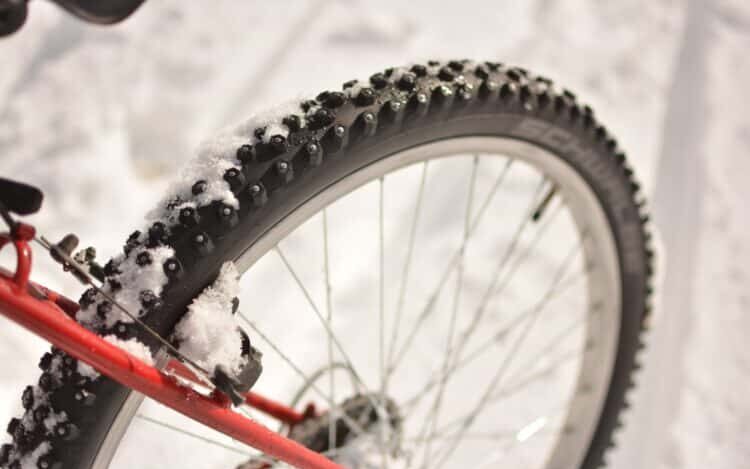
Which is faster Tubular or Clincher?
The bond holding a tubular tire to the rim is soft and compressible but not very flexible. This means a tub or sew-up does not recover quickly when it flattens against the rim as it passes over the ground. This results in a high loss of energy.
On the other hand, a clincher tire on a carbon wheel has the potential to roll faster than tubular bike tires. This is especially the case if the clincher is light and has efficient inflation. As the clincher wheels have thicker sidewalls and beads, it is claimed that tubular tires offer an advantage over clinchers since they have less rolling resistance.
How Do I Know If My Wheel is Clincher or Tubular?
Wheels without tires on might look the same but a clincher will always have a tire bead lip where the inflated tub will grab. Tubular wheels don’t have this feature.
If the wheel already has tires mounted, the easiest way to tell the wheel type is to deflate the tire (don’t puncture it!) and take it off. It is a clincher wheel if you can peel back the tire and see a tire bead. It is tubular if the tire is glued or taped to the rim and is difficult to pop out.
Why Do Pros Use Tubular Tires?
First of all, a flat won’t stop you dead in your track if you use tubular tires, and that’s a huge plus for pros. But beyond the ability to continue riding with a puncture when necessary, tubs usually do not have a catastrophic fail. This reduces crashes for the pro racer.
In terms of performance, tubular tires descend better and turn corners tighter. Also, they can flex more because the rim sidewalls do not constrain them. That means you will get more shock absorption from a tubular tire than a similar-sized clincher.
All of these considerations make tubular tires a better choice for pro racers.
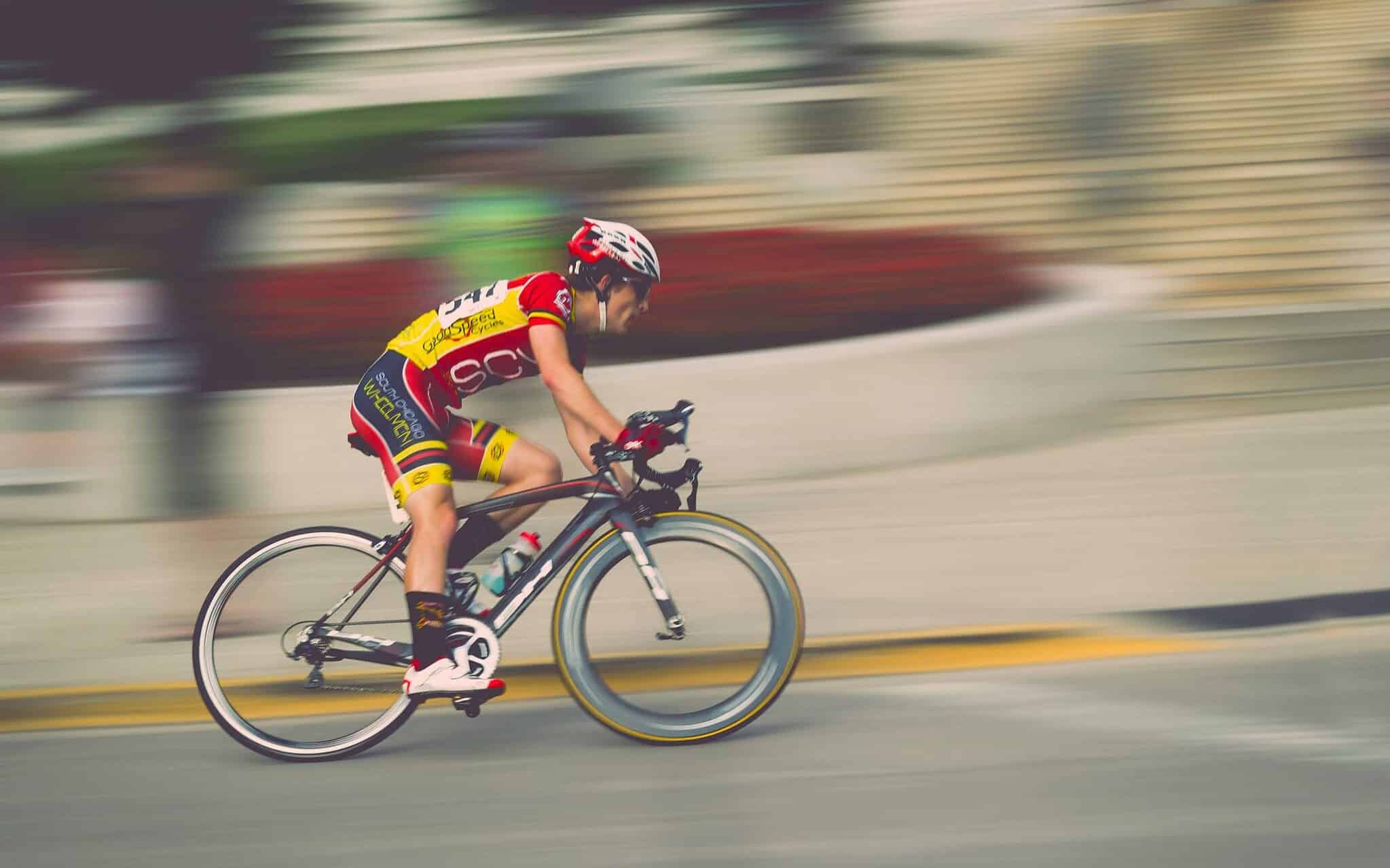
Are Tubular Tires Worth It?
Gluing tires on is not exactly what you would consider practical. However, it can be well worth the hassles if you learn how to properly glue or tape tubular.
Tubular tires can have better traction on lower tire pressure with less chance of the tire coming off. Also, the tires are less prone to puncture or flat compared to clinchers.
Are Tubulars Safer than Clinchers?
Tubulars are generally considered safer than clinchers in terms of a disastrous flat. That’s because the air escapes more slowly in a tubular tire during a flat, allowing the tire to stay glued to the tubular rims.
Conversely, clinchers will deflate rapidly if you have a flat. In some cases, the tires can come off the rim, especially when riding at high speeds.
However, it is crucial to point out that tubular tires are less safe on fast and long descents. This is mainly because breaking on such terrain can generate high heat, which can weaken the bond between the rim and the tire. Tubular tire explosion can even occur in some cases.
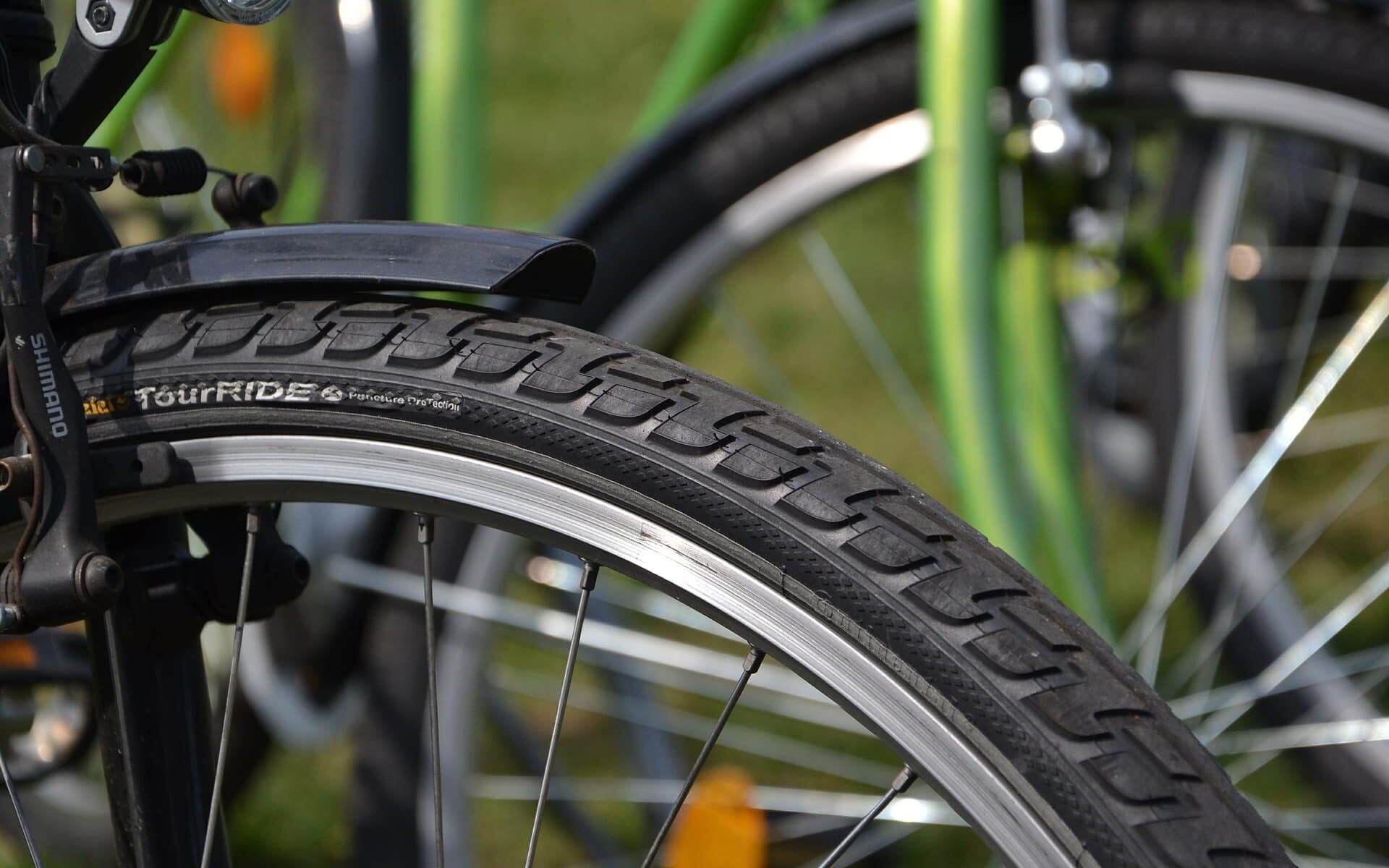
Let’s take a look at the tubeless too. Mountain bikes are the newest variety and a holdover from the Powersports industry. Clinchers without tubes are essentially tubeless tires. The following are some advantages of a tubeless tire:
- They are lighter because sealant replaces the tube in the construction.
- Because you can’t pinch a tube that isn’t there, you can operate at low pressure.
- They lessen pressure and friction because they provide rolling resistance. This is due to the absence of a tube inside the tire casing to produce friction.
- They are puncture resistance as the tire sealant fixes holes in a tire carcass considerably better than it does inside a deflated tube when it is floating around.
Excellent racing tires are still difficult to get. They can be difficult to install and can be extremely messy, especially at home without a compressor. Also, setting up tubeless rims and tires can be of extreme hassle. Based on that, a tubeless tire can be a complete pain to place a tube in when they do often flatten. To prevent tragedy, tolerances on a tire/rim interface are substantially tighter than on a tubed clincher. On the side of the road, it might be very challenging to seat the bead correctly. Tubeless and Clincher tires both fit in the same manner. However, you must make sure that you have a rim a tubeless-ready rim.
Conclusion
Let’s wrap up the topic of clincher vs tubular with this piece of advice. Consider your experience level and the type of cycling you do before opting for either option.
In addition to being generally more affordable, clinchers are easier to use and change in the case of flats. This makes it a great choice for newer and casual cyclists, as well as older hands.
Clinchers are more popular among riders. Clinchers are typically found on bikes, whether they are for mountain biking or other types of riding. This means with a clincher, you are likely to get help from a passing cyclist if you ever get a flat in the middle of nowhere. Your chances are slimmer with a tubular.
On the other hand, tubulars are lighter, more durable, and generally considered safer. But they are better suited to dedicated competitors and more experienced riders because of their complex fitting and typical higher price tags. However, a puncture-resistance tire will be more useful than a lightweight tire if you are biking on unpaved roads.
Bottom line: you are not likely to enjoy the full benefits of tubulars if you are a casual rider. For someone who is not a pro cyclist, the drawbacks of tubulars outweigh the benefits.
